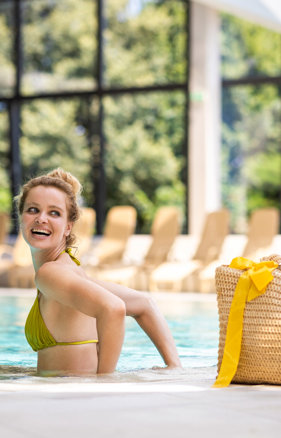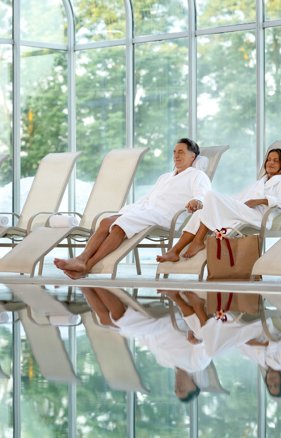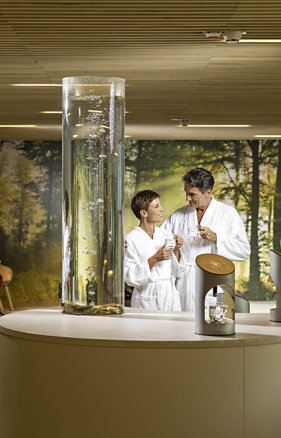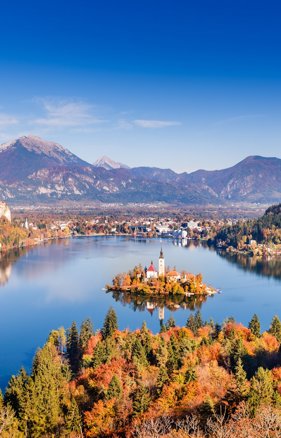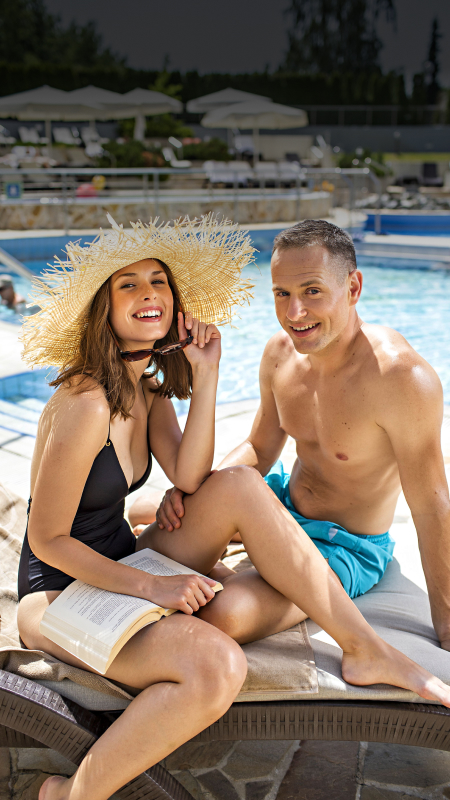Istrian Christmas customs
The Christmas “vilija”
The afternoon and evening before Christmas in Istria was called the "Christmas vilija/bilija", which comes from the Latin “vigilia”, meaning vigil. In Istria, villagers used to perform the "Christmas bilija" by going around and blessing their houses and everything else around them. In the evening they prayed together and attended Midnight Mass, while for Christmas only the extended family gathered for a festive lunch.
Traditional cuisine during Christmas time
On Christmas Eve, during the "vilija", Istrians ate fasting dishes, meatless minestrone, cabbage, polenta, fish and baccalà spread (i.e. cod), kale with garlic, and “fritula” – doughnuts made of leavened dough with raisins, and fried in oil. And for Christmas Day lunch, they enjoyed other festive dishes, especially dishes made with pork, since it was the traditional time for pig slaughter, and a rich type of bread called "poprtnak” (tablecloth bread), which got its name because it was always covered with a tablecloth, as it had to last until Three Kings’ Day on 6 January. Another well-known food was “Bovške krafe", i.e. donuts filled with dried fruit, pears, quinces, and apples.
Juniper and the “kartolina” Christmas cards
There were no nativity scenes in the Istrian villages, as people could not afford them. Only churches and some richer bourgeois houses had nativity scenes. Most of the time, villagers would have a "kartolina", meaning a classic postcard with motifs of the Holy Family, which they placed in a nice place on a sideboard or in a visible corner alongside a crucifix decorated with greenery. Instead of a Christmas tree they would use a large juniper branch and decorate it with dried apple, pear, persimmon, quince, and orange slices, as well as walnuts and caramels. Every house had to light a “lumin”, which is a home-made liquid candle, made of homemade oil mixed with water, with a wick stuck in a piece of cork.

The great importance of blessing
On Christmas Eve, the family would gather so that the father could light the fire, on which they would place a blessed olive branch, which gave off a nice scent. The mother would then take this branch and go through all the rooms in the house and around the outside of the house, sprinkling everything with blessed water. During this ritual the family would pray the Rosary and sing Christmas carols. The villagers believed that this kind of blessing would bring them a good harvest and protect them from evil. The day after Christmas, on St. Stephen’s Day, the villagers would go to Mass and take the salt that was given to the livestock and used to preserve meat to be blessed at the church, because the lead-up to Christmas was the traditional time for the slaughter of livestock and the subsequent meat processing.
Entrances decorated with greenery
On Christmas Eve, homeowners would decorate the entrances to their houses, called “portoni” in the Istrian dialect, with greenery, specifically with olive, laurel, and rosemary branches. These green decorations were said to ward off evil spirits.
The light of a smoldering log
On Christmas Eve, an oak log was placed on the hearth, so that it slowly smouldered and continuously emitted light. Some would also sacrifice bits of food and drink to the log. In his works, the famous natural historian Valvasor also mentions that he "gave the stump a full spoonful of every vegetable or soup and a piece of every other dish." The burning of the Christmas stump is supposed to help the weakened winter sun and give it warmth. It symbolised the supremacy of light over darkness, winter, suffering, and evil, the victory of good over bad, and therefore also the birth of Jesus.

Istrian customs on New Year's Eve
“Tepežnica” on the last day of the year
On the evening before New Year's Eve people would make ceremonial rounds, which in Istria were called “tepežnica”. It is supposedly done in memory of Herod's murder of young boys in Bethlehem. And so, during the ceremonial rounds from house to house, children would lightly “beat” people with branches or whips, which supposedly transferred their youthful life force to the person. If a “tepežnik” child would visit the house, he had to be given a gift. Some people would also "beat" the vines in their vineyards for a good harvest.
New Year carols
Another group tradition, in this case a choir which went from house to house on New, singing special carols and introducing happy melodies throughout the village.
Fortune telling and asking for a good hand
In the past, people did not know New Year's Eve as we know it today. On New Year's Eve, the traditional thing to do was fortune telling or divination. On the first day of the new year, up until Three Kings’ Day, children would go from house to house asking for a "good hand", which meant that they wished the person a good harvest. Villagers would gift these visitors with walnuts, hazelnuts, almonds, oranges, dried figs, carobs, and other treats. In thanks, the children would shout "Buh dej hlete več!", which meant, “God, bless us with more next year!"


